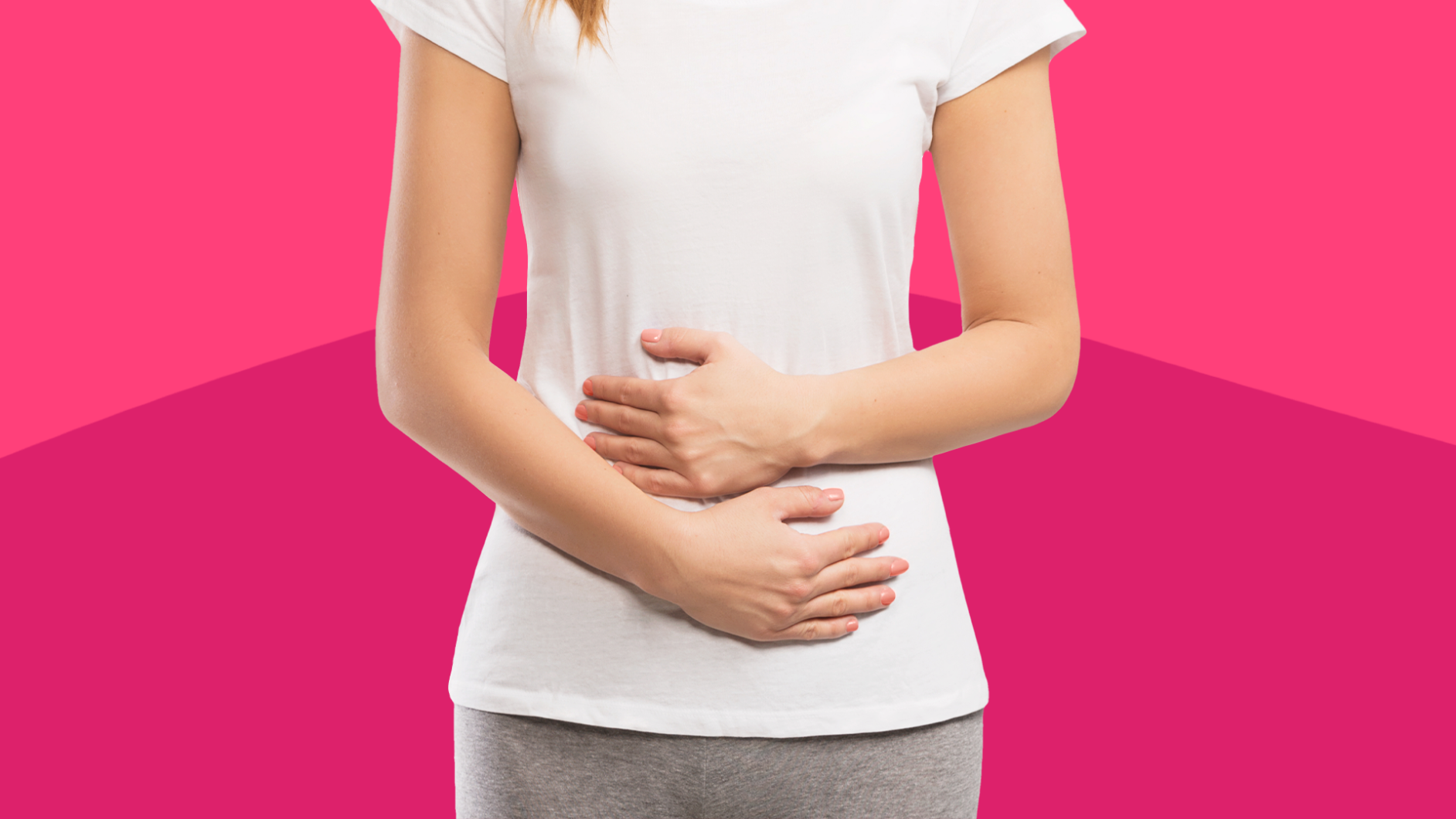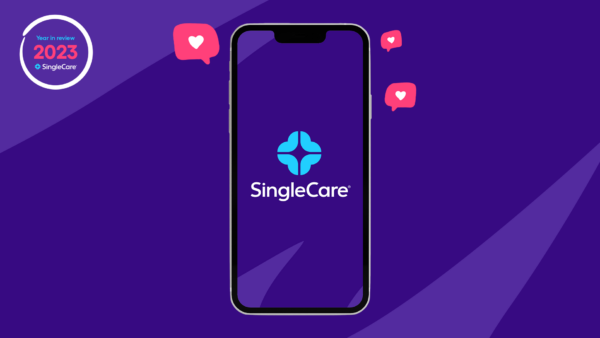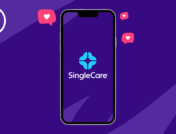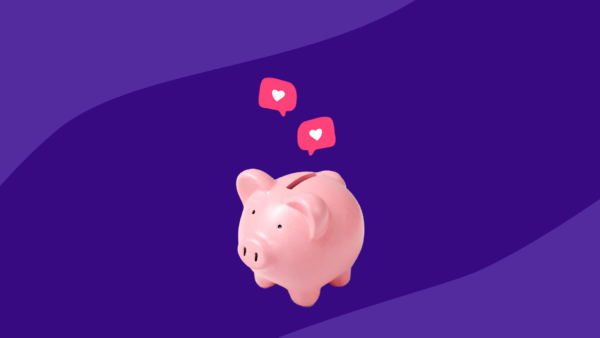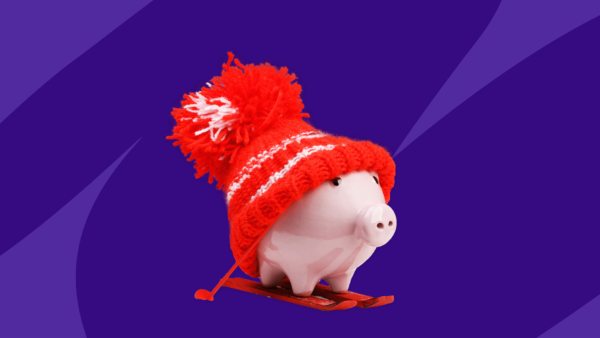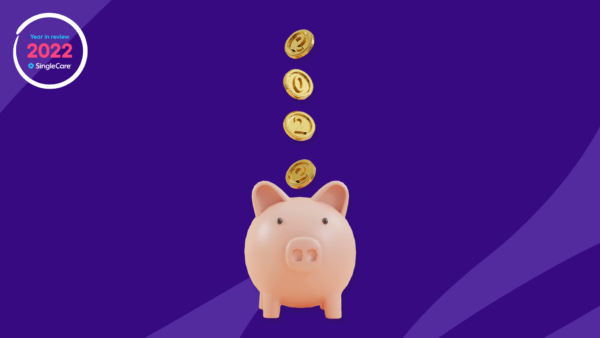At two in the afternoon, I’m home in bed. I have three heating pads plugged in; one for my stomach, one for my lower back and hips, and one for my mid back, where the pain often just sits. My body is literally wrapped in heat, and still… the pain makes it difficult to focus.
It’s not always like this, though. These days, the pain is typically concentrated around my periods, with the second day usually presenting as the worst. When I take care of myself—when I get enough sleep, avoid caffeine, and stick to an anti-inflammatory diet—it’s more manageable. After having five major abdominal surgeries, my pain is much less than it was before.
I have Stage IV endometriosis. In a lot of ways, pain is just my normal.
What is endometriosis?
The American College of Obstetricians and Gynecologists (ACOG) describes endometriosis as a condition where tissue from the uterus is found outside the uterus. These implants of endometrial tissue grow and bleed just as the uterine lining does each month. Only the tissue outside the uterus has nowhere to go—it can’t just shed out of your body like your uterine lining does. This causes scar tissue, inflammation, irritation and pain. In my case, it has more than once caused my uterus to become fused to my bowels.
And this is not at all uncommon.
Who gets endometriosis?
“It is estimated that 5.5 million women in North America and 176 million women worldwide have endometriosis,” says April Summerford, who has endometriosis herself and is a women’s health advocate at Vital Health Endometriosis Center. “It affects 1 in 10 women in their reproductive years.”
Carrie Lam, MD, a board-certified family medicine practitioner, says “endometriosis is one of the prevalent reproductive health issues and a leading cause of infertility.”
What are the symptoms of endometriosis?
Dr. Lam says symptoms of endometriosis can include:
- Painful periods accompanied by excessive bleeding
- Painful digestion
- Painful intercourse
- Infertility
- Chronic abdominal and lower back pain
- Chronic fatigue
- Bleeding and spotting between cycles
- Constipation
- Increased pain during urination and bowel movements
- Pelvic pain
- Nausea
- Bloating
- Nerve pain and joint pain
Because surgery is required for an official diagnosis, research shows that women live with endometriosis for an average of seven years from first symptoms until diagnosis.
Summerford says that sadly, one of the biggest reasons for this delay is that, “Doctors still dismiss period pain as ‘normal woman problems’ and fail to investigate the root causes behind the pain.”
Endometriosis treatment that worked for me
Dr. Andrew Cook at Vital Health Institute is the doctor who gave me my life back. After three surgeries, I still deal with pain—but it’s less frequent. Before I found him, pain was something I had to survive every day.
My scar tissue had gotten too extensive, and the extra tissue had spread throughout my abdominal cavity. I was suffering all the time. I nearly had to take a disability leave because getting out of bed and to work every day was so challenging.
I tried every single Western and Eastern treatment available. My OBGYN put me on birth control, then a drug called Lupron. She recommended I pursue fertility treatments before it was too late, and in the year that followed, I had two in vitro fertilization (IVF) cycles fail.
My acupuncturist performed cupping and placed needles in my eyelids. She recommended me to a “healer” whose magic hands did manage to rid my body of pain, at least in short intervals. I also saw a naturopath who recommended supplements and dietary changes. And at one point, I was drinking a tea concoction mixed with squirrel poop ordered from overseas. Because if my acupuncturist gave it to me, I was trying it.
That was when I found Dr. Cook, one of the few doctors in the country performing excision surgery at the time. The surgery he described was far more extensive than anything else I’d experienced so far, with the goal being to excise every endometrial implant from outside my uterus.
My first surgery lasted more than five hours. My second one, a year later, was about the same. It was followed almost immediately by a third, a few days later, with the intention of removing the last of my scar tissue.
It’s been more than eight years since those surgeries now. And only in the past two has the pain started to come back. Slowly, at least. Nowhere near as incapacitating as it once was.
Living with endometriosis: There’s no cure, but there is relief
Even with a diagnosis, there is no true cure for endometriosis. Though excision surgery certainly gave me the most long-term relief.
It’s probably time for me to have another surgery. But as I near my 40s, I know that my next surgery should most likely be a hysterectomy. And I just haven’t been ready for that yet. So, I manage my pain with a variety of tools these days: heating pads, hot baths, and Celebrex help. I also take a natural supplement called pycnogenol every day, as it is the one supplement that has actually been studied (with positive results) for endometriosis. The keto diet has proven to be most effective at reducing inflammation for me. And when the pain still breaks through all of that? I microdose marijuana during my worst days.
And it works. It all works together to keep me functional and strong, so that I can continue working and being a mother to my child while living with endometriosis.
It’s been more than a decade since my original diagnosis, and I’d like to think I’ve gotten a handle on what my body needs these days. It’s not a perfect science, but I’m no longer in pain every day. It wasn’t any one thing that helped get me there, though surgery with a true endometriosis specialist certainly pushed me furthest along. But it’s been a combination of medical care and natural remedies that has really gotten me to the functional place I am today.
And for all of it, I am thankful.



